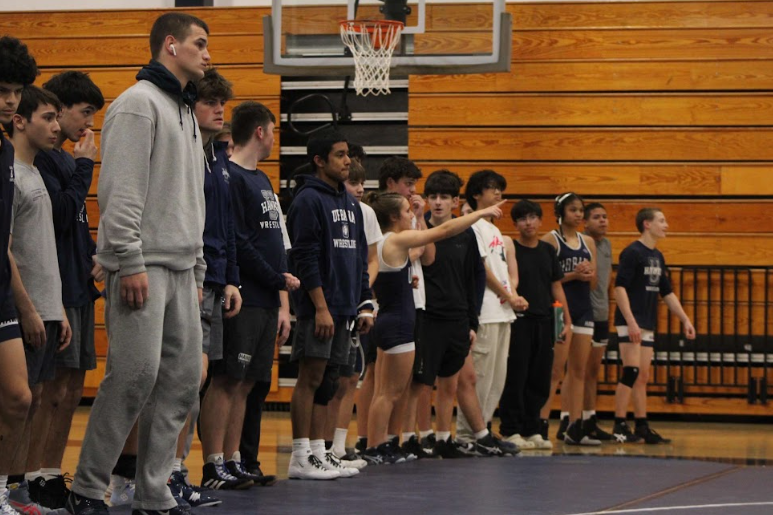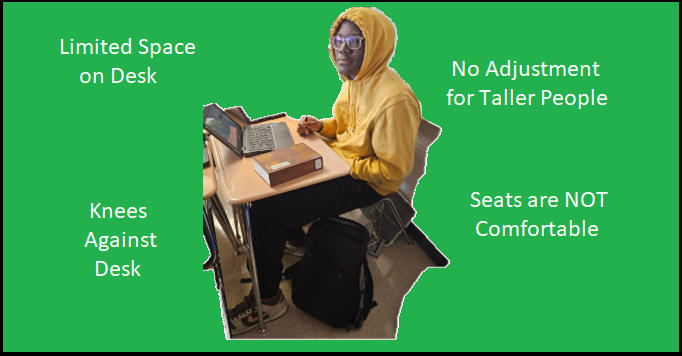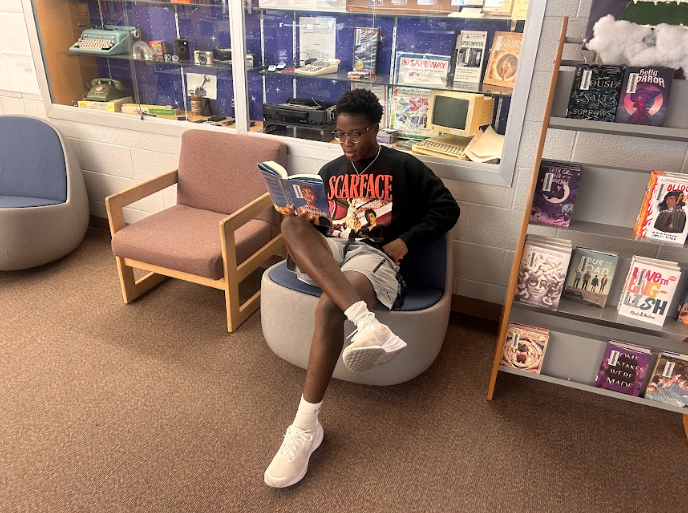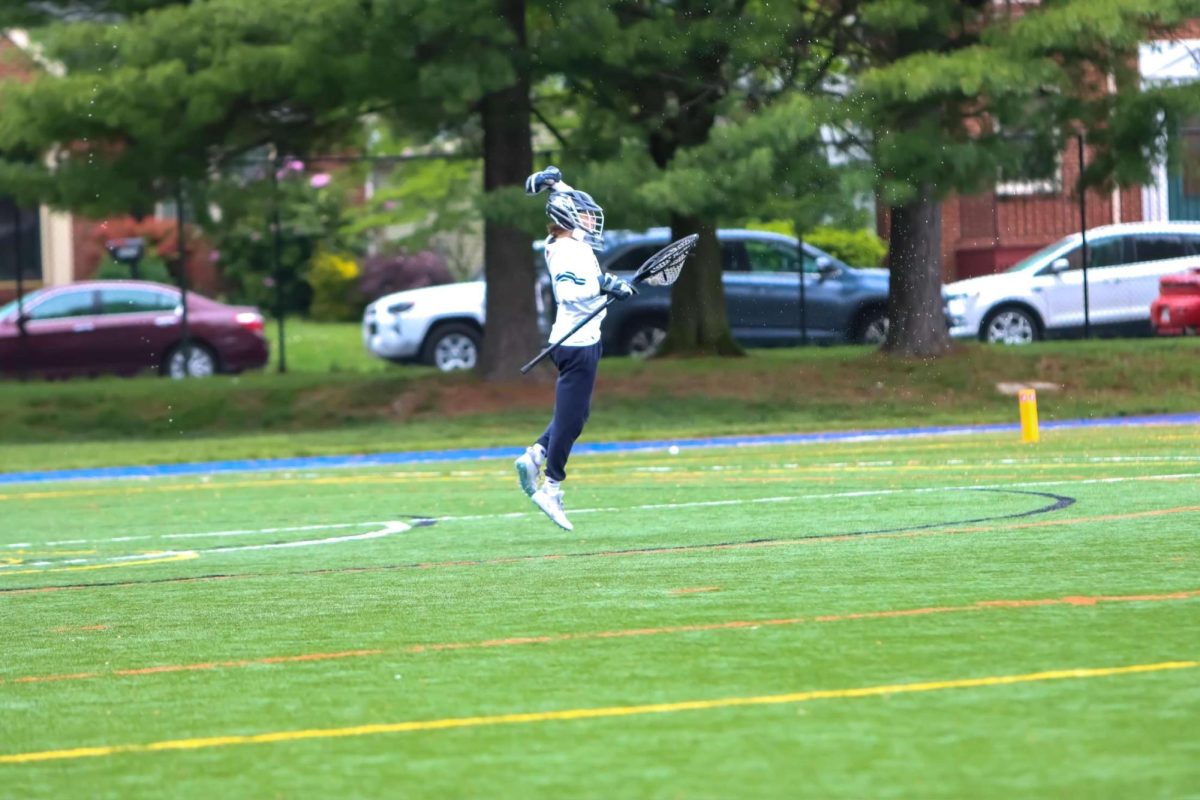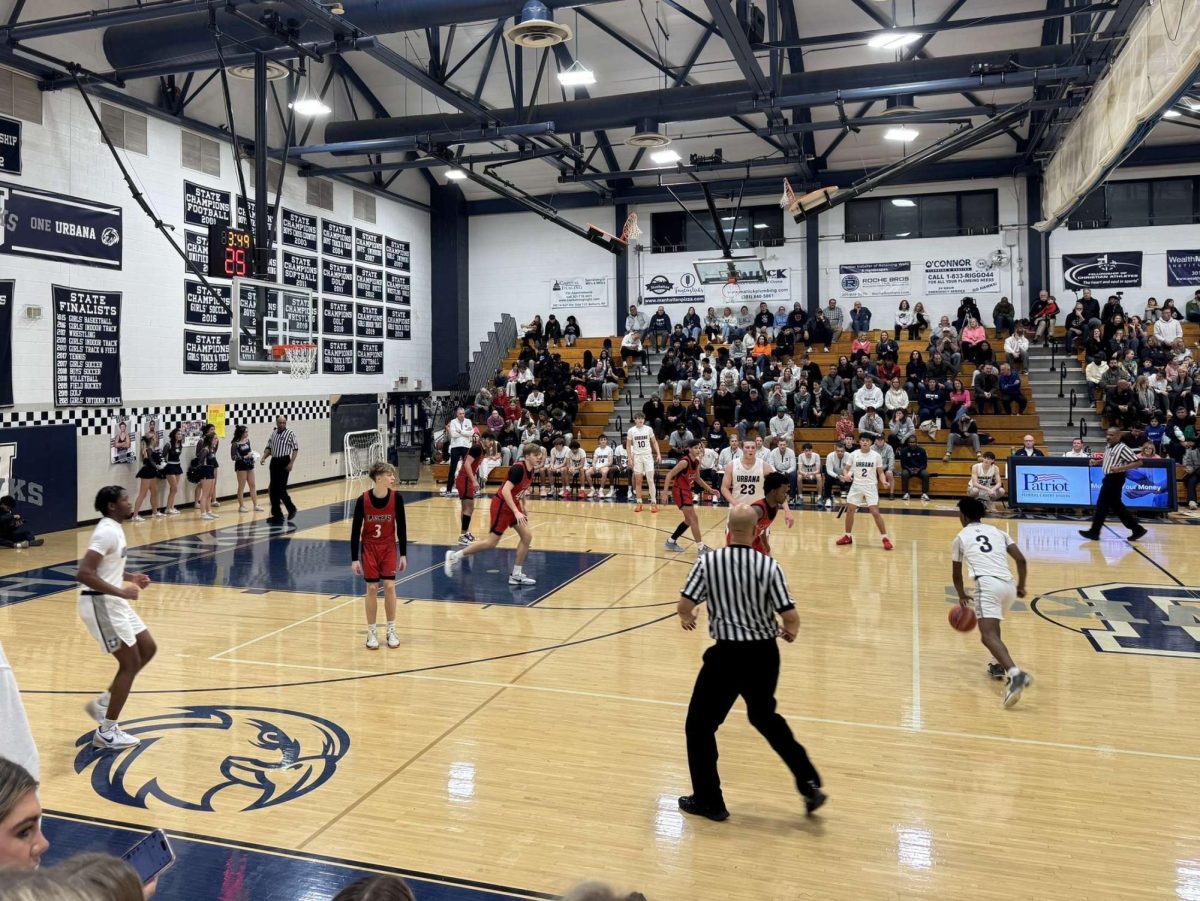FCPS Making A Stand For Safety
December 2, 2016
 Photo Courtesy of Sciencebuddies.org
Photo Courtesy of Sciencebuddies.org
The issue of concussions is becoming considerably more prominent and are attracting a larger media coverage over the recent years. A concussion is a type of traumatic brain injury (TBI) caused from a sudden bump, blow, or jolt to the head causing the brain to bounce or twist in the skull, damaging brain cells. An estimate of 250,000 sports related concussions or traumatic brain injuries (TBI) were diagnosed in children under the age of 19 in just 2009 alone, according to the Center of Disease and Control. A concussion is considered a “mild” brain injury however if left untreated, ignored, or a repeat concussion occurs it can result in brain swelling and permanent brain damage which can be fatal.
Signs and symptoms usually show up within a few hours of the initial impact or fall. Headache, nausea, balance problems, and memory loss are some signs and symptoms reported and observed. It’s up to the athlete to report their injury parents and coaches can observe symptoms but only the athlete can really know how they feel. However coaches and parents should be aware of athletes who may be hiding an injury. The sooner you are checked out the quicker you will be able to return to play.
Sports with heavy physical contact such as football and hockey increase the chance of a concussion occurring. Wearing the correct type and fit of protective gear is key to lowering your chances of getting a concussion. The long term consequences of a concussion are severe. It is noted that people suffer with short term memory loss and a decrease in their attention span. Concussions affect all parts of people’s lives, even the ability to work, do chores, and drive. Relationships with family and friends are strained and put on hold.
Frederick County Public Schools has implemented removal and graduated return to play protocols. When a medical assessment shows any sign of a head injury the student athlete must be immediately removed from practice or play. The student athlete then will not be allowed to return to play until authorized by a licensed health care provider.
The graduated return to play protocol put in place by FCPS includes 6 stages. The student athlete may begin stage 1 of light aerobic activity after they are cleared by a healthcare provider and have no symptoms. Stage 2 of heavy aerobic and strength activity may begin when 24 hours has passed and no symptoms have been shown. Stage 3, 4, and 5, functional, individual sport specific drills without risk of contact, non-contact practice, and full contact practice may begin when 24 hours have passed and still no symptoms since the previous stage. Finally stage 6 permits return to the game.
FCPS also places emphasis on coaches teaching proper techniques in sports for blocking and body to body contact to help prevent unnecessary damage to other players.
The first law regarding concussion was passed in 2009 in Washington State called the Zackery Lystedt law. In 2006 Lystedt suffered a life changing brain injury while playing for his high school football team. Lystedt was placed on life support for seven days, he was unable to speak for 9 months, and after 4 years finally could move his right leg again. Lystedt will need assistance in doing everyday things for the rest of his life. Effort nationwide to pass more laws on concussion has been raised since Lydstedts story. Since then 48 states have implemented graduate return to play policy and concussion laws. The price many young athletes pay for concussions is too high.





